James Baldwin: Literary icon and voice for civil rights and social justice

Key takeaways
- In Baldwin’s exploration of race and identity, he went beyond politics to examine racism’s psychological and spiritual effects on both the oppressor and the oppressed.
- He wrote about sexuality and love with an honesty uncommon for his time, especially in his portrayal of same-sex relationships.
- The author believed an artist’s role is inherently political — social consciousness and creativity can’t be truly separated.
- His insights on police brutality, inequality and racism still resonate today. His voice still resonates in discussions about race, sex and equality.
Who was James Baldwin? James Baldwin, one of America’s most influential writers, continues to inspire decades after his death. His unflinching exploration of race, sexuality and social justice was vital in his time and remains relevant today.
James Baldwin’s life
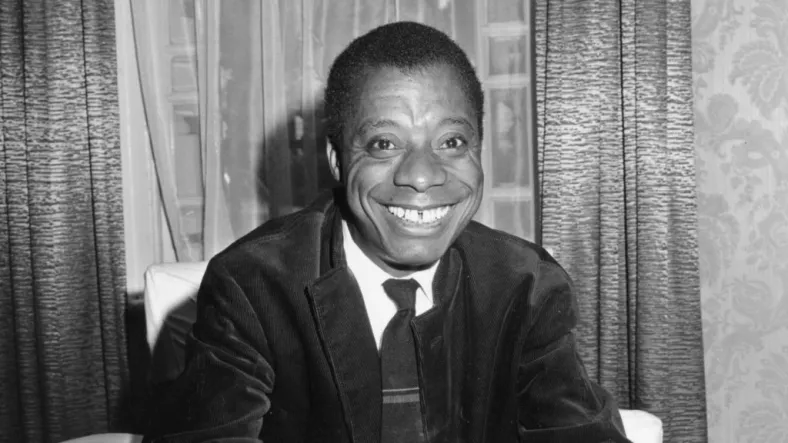
Birth and family
Baldwin, born James Arthur Baldwin on Aug. 2, 1924, at Harlem Hospital, was the eldest of nine children. His mother, Emma Berdis Jones, raised him with her husband and James’ stepfather, David Baldwin, a Baptist preacher.
James Baldwin’s family struggled with poverty, and he faced the dual challenges of racial discrimination and financial instability during his early years. His mother was a strong, positive force throughout his childhood.
Baldwin’s relationship with his strict and religious stepfather had a lasting impact on his worldview. This complex relationship would later inspire some of his most powerful writing, particularly in his semi-autobiographical novel “Go Tell It on the Mountain,” published by Dial Press.
Education and preaching
Exceptional educators quickly recognized and nurtured Baldwin’s talent. Gertrude Elise Ayer, New York City’s first Black principal, identified Baldwin’s potential during his time at P.S. 24.
Baldwin became a junior preacher at 14 after a profound religious experience. Over the next three years, he preached, honing his oratory skills and developing a deep understanding of biblical cadence and rhythms that would later characterize his writing.
This phase of his life was transformative, teaching him the power of language to stir and convince audiences. However, his increasing recognition of the church’s inconsistencies and contradictions, coupled with his own evolving sense of self, eventually led him away from the pulpit.
Later years in New York
Baldwin graduated high school in 1942 and began navigating the challenges of young adulthood in New York City. While pursuing his passion for writing, he took on odd jobs to support his family. During this time, Baldwin formed connections with artists and intellectuals, including mentor and father figure Beauford Delaney. Delaney introduced Baldwin to the vibrant cultural and artistic scene of Greenwich Village.
The young Black writer began to frequent Greenwich Village’s cafes and bars, participating in discussions about literature, politics and society. These experiences, coupled with his growing awareness of racial and sexual discrimination, shaped his consciousness as a writer and social critic.
Life in Paris (1948-1957)
At the age of 24 in 1948, Baldwin made a pivotal decision. He purchased a one-way ticket to Paris with only $40 in his pocket. He moved to Paris to escape American racism and homophobia, hoping to find the space and distance he needed to write about his experiences with clarity and perspective.
It worked. Paris allowed Baldwin to explore his identity and art without the pressures of American racial politics. He met and became friends with French writer Marguerite Yourcenar and French actor Yves Montand.
There, he completed his debut novel, “Go Tell It on the Mountain,” and developed the sharp, incisive voice that would make him famous. The distance from America allowed him to examine its racial dynamics more clearly, leading to his most impactful essays.
Key themes in Baldwin’s writing
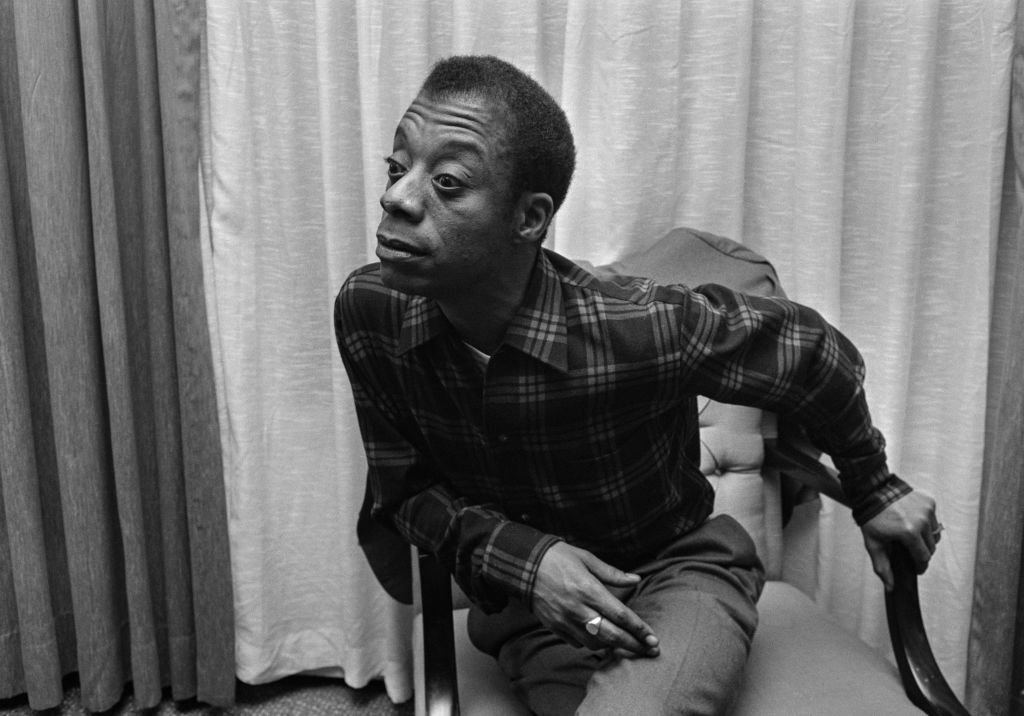
James Baldwin‘s books focus on the following three interconnected themes, each examined with remarkable depth and nuance.
Race and identity
In Baldwin’s exploration of race and identity, he went beyond politics to examine racism’s psychological and spiritual effects on both the oppressor and the oppressed. In books like “Notes of a Native Son” and “The Fire Next Time,” he showed how racial prejudice twisted American society, including the American dream.
Sexuality and personal struggle
Baldwin explored sexuality and personal struggle, especially within societal expectations and the search for identity. In groundbreaking novels like “Giovanni’s Room,” he wrote about sexuality and love with an honesty uncommon for his time, especially in his portrayal of same-sex relationships. His experiences as a gay Black man shaped his understanding of self-expression and marginalization.
Social justice and activism
Social justice and activism were natural extensions of Baldwin’s artistic vision. He believed an artist’s role is inherently political — social consciousness and creativity can’t be truly separated. This belief was clear in his unflinching critiques of American society and active participation in the civil rights movement.
Literary career

Baldwin’s literary career was a combination of works that skillfully blended personal experience with broader social commentary.
First writings and move to Europe
In the 1940s, Baldwin’s literary career started to take off when writing essays and book reviews for publications like “New Leader” and “The Nation.” But it was his decision to go to Europe in 1948 that truly sped up his growth as a writer. Living in cheap Paris hotels, Baldwin kept writing through his struggles and self-discovery. This led to the publication of his first novel, “Go Tell It on the Mountain” in 1953.
The semi-autobiographical work took him almost a decade to complete. Its publication opened the door for Baldwin to publish more books, establishing him as a notable new literary voice.
In 1955, Baldwin released his first collection of essays “Notes of a Native Son.” The collection included his groundbreaking essay “Everybody’s Protest Novel,” which challenged the prevailing approaches to racial literature, including Harriet Beecher Stowe’s “Uncle Tom’s Cabin” and Richard Wright’s “Native Son.”
Civil rights activism and ‘The Fire Next Time’
Baldwin returned to the United States in 1957, drawn by the growing intensity of the civil rights movement. He quickly became a leading voice known for his passion and eloquence. In 1963, he published “The Fire Next Time,” a groundbreaking book that shaped the era. The book, composed of two essays, offered a powerful examination of race relations in America. It both warned of the dangers and offered hope for the future.
During this time, Baldwin became more active in civil rights activism. He used his growing fame to support the cause and regularly joined civil rights protests, pushing for civil rights legislation. In the process, he developed close relationships with Martin Luther King Jr., Malcolm X, Medgar Evers and other civil rights leaders. Yet, he also insisted on maintaining his independence as a thinker and writer, challenging everyone, regardless of their politics, to confront their own role in maintaining racist systems.
Baldwin’s activism was unique. Instead of evoking sympathy, he wanted to compel readers to become empathetic enough to take action.
Major works of James Baldwin
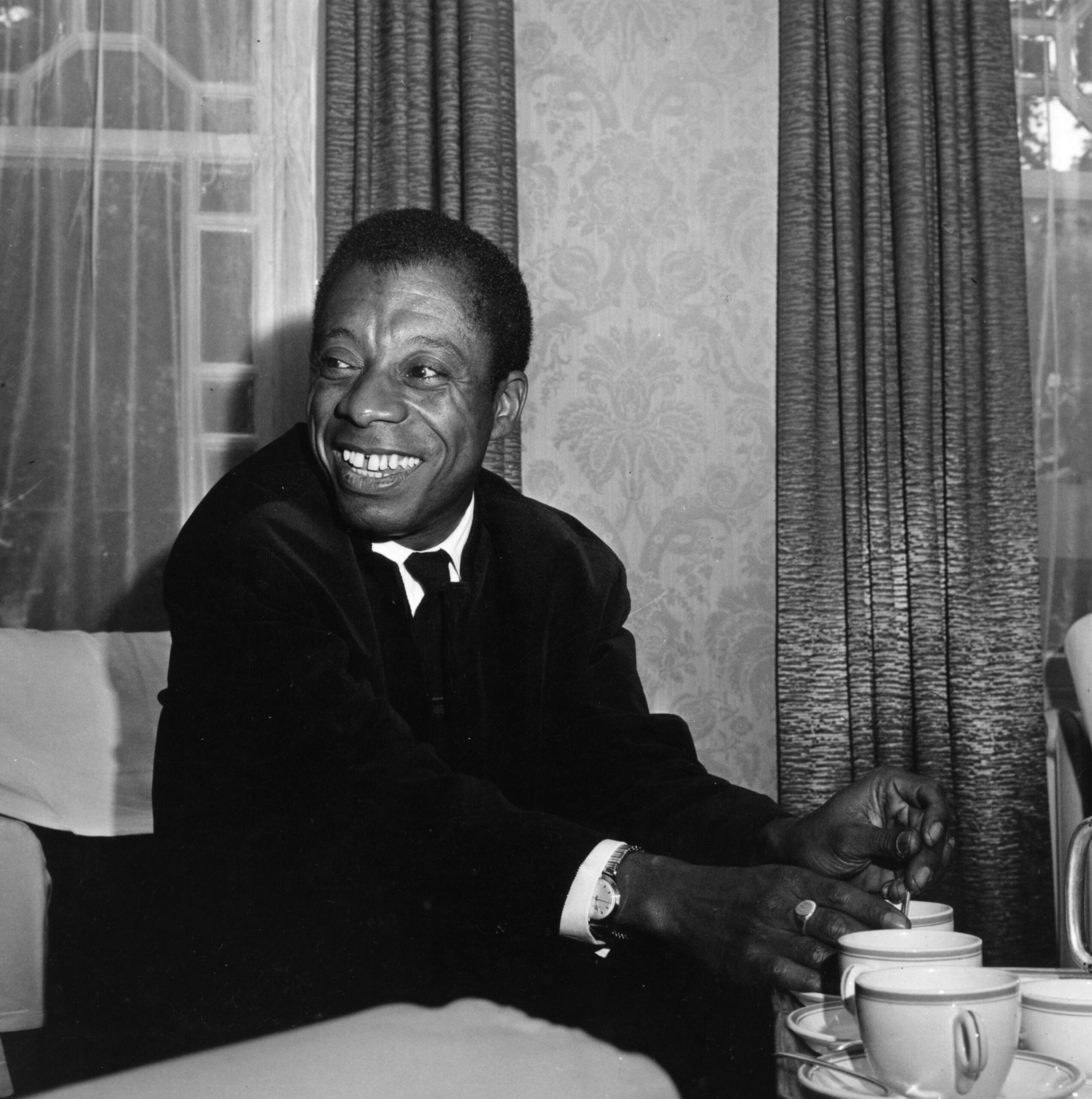
James Baldwin’s titles span multiple genres over several decades, with each work contributing to his reputation as a prominent American writer. His major works include:
‘Go Tell It on the Mountain’ (1953)
This book is partly about James Baldwin’s own life. It tells the story of John Grimes, a young boy in 1930s Harlem. John struggles with who he is, his family and his faith. Baldwin used his experiences as a teenage preacher to write about religion and his complicated relationship with his stepfather to explore family dynamics.
‘Notes of a Native Son’ (1955)
These essay collections made Baldwin a premier American essayist. The title essay, which connects his father’s death to the Harlem riot of 1943, is the perfect example of how he could weave personal stories with social analysis. The collection showcases Baldwin’s talent for examining American race relations with personal insight and intellectual rigor.
‘Giovanni’s Room’ (1956)
This novel was groundbreaking because it honestly showed same-sex love and desire. Set in Paris, the story follows an American man who struggles with his sexuality and identity. Baldwin chose to write about white characters in the book, challenging people’s expectations about what Black authors could write about.
‘The Fire Next Time’ (1963)
This book is probably Baldwin’s most influential work. It elevated him to new heights of literary and social influence. Published during the civil rights movement, this book challenges readers of all backgrounds to confront their role in keeping racist systems going.
‘If Beale Street Could Talk’ (1974)
This novel tells the story of a young Black couple torn apart by a false criminal accusation. The book paints a powerful picture of a Black family’s struggles in 1970s Harlem. Baldwin balanced his justified anger at societal injustice with a deep, underlying current of love.
Impact on literature and society
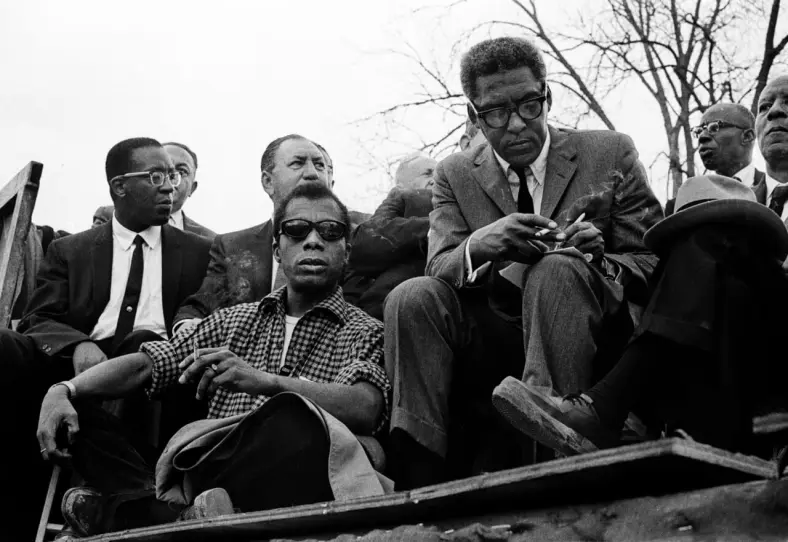
Baldwin’s social commentary on race relations and social justice had a lasting impact far beyond his time. His understanding of the interconnected nature of oppression and the need to address both personal and systemic aspects of racism is still relevant to today’s movements.
Baldwin’s work on race and identity added psychological depth to the conversation. His style was a unique blend of literary traditions and the rhythms of the church. By combining his personal experiences with social criticism, he inspired many writers, forging a new path for creative nonfiction and autobiography.
Baldwin proved that great literature can serve social justice and that political engagement need not sacrifice artistic integrity. His legacy inspires writers and activists in their attempts at addressing today’s social issues.
Later career and honors
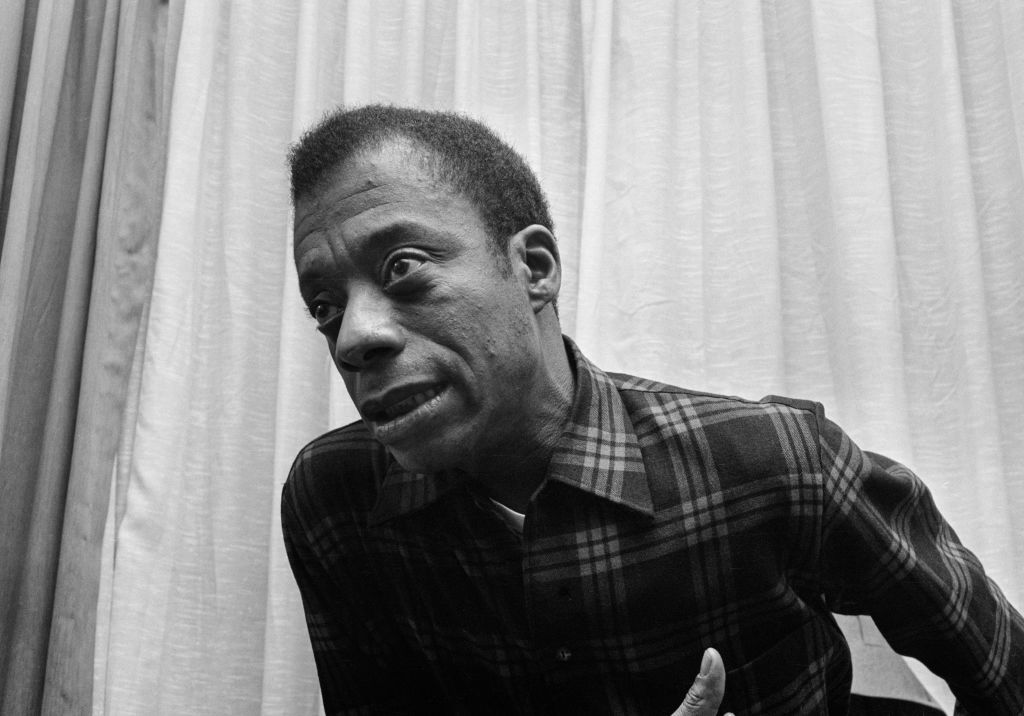
Baldwin’s later works, like “If Beale Street Could Talk” and “Just Above My Head,” continued to explore race, sexuality and family. “If Beale Street Could Talk” emphasizes the importance of family and community in the face of systemic oppression. Baldwin’s portrayal of Tish’s strength and Fonny’s unjust imprisonment shows the personal and societal challenges Black Americans face.
“Just Above My Head” explores love, loss and the impact of the civil rights movement on personal relationships. The story blends themes of identity, sexuality and belonging, showing how Baldwin’s characters navigate their lives at a time of social turmoil. The novel also reflects Baldwin’s continued exploration of queer identities within the African American experience, expanding his literary contributions beyond traditional storylines.
As a cultural critic, Baldwin explored the psychological and emotional complexities of racism, rejecting simple binaries and solutions. His analysis of whiteness and its impact on society was ahead of contemporary critical race theory. In retrospect, his understanding of interconnected identities anticipated important developments in social theory.
Baldwin was one of the most respected Black novelists of the 20th century. His books are some of the most recommended classics by Black authors. He was also a powerful public speaker and active in civil rights discussions.
Throughout his career, Baldwin won many awards for his literary skill and unwavering commitment to civil rights:
- 1946: Eugene Saxton Memorial Trust Award
- 1954: Guggenheim Fellowship
- 1963: George Polk Award
- 1964: Honorary Doctor of Letters Degree from the University of British Columbia
- 1986: La Légion D’Honneur from France’s President François Mitterrand
Although Baldwin never won some of the highest literary prizes of his time, his influence is still growing many years after his death.
Legacy of James Baldwin
James Baldwin’s voice still resonates in discussions about race, sex and equality. His influence is seen across today’s culture, from literature and academia to film and television.
New audiences are learning about James Baldwin’s work and ideas thanks to the 2016 Raoul Peck’s documentary “I Am Not Your Negro” and the 2018 Barry Jenkins’s film adaptation of “If Beale Street Could Talk.” In 2021, never before seen James Baldwin interview surfaced where he explains why he wrote “Giovanni’s Room.” Last year, the film division at Allen Media Group tapped Bill Porter and Dan McCabe to write a James Baldwin Screenplay.
Baldwin’s works are now standard texts in American literature, African American studies and social justice courses. His essays offer crucial insights into American history and society, while the artistry and moral clarity of his novels continue to inspire and challenge readers.
What makes Baldwin’s legacy particularly enduring is his emphasis on the role of love in social transformation. He saw love as a radical force for change, not merely a personal emotion. This approach of combining critique with compassion still influences how activists and writers approach social justice issues.
More About:Lifestyle

